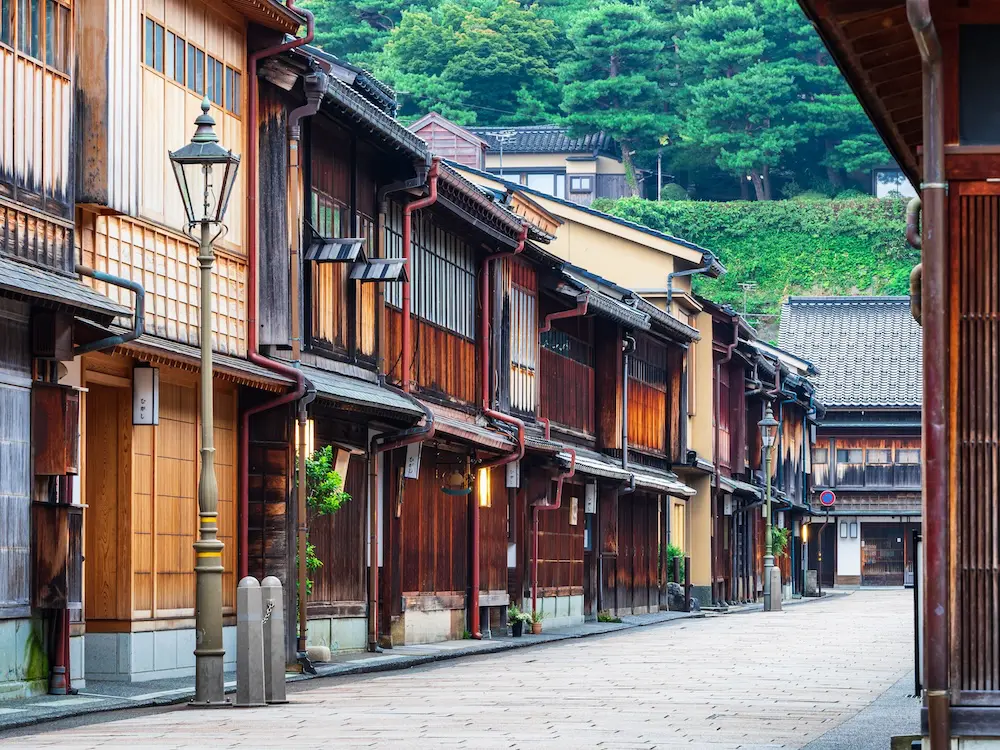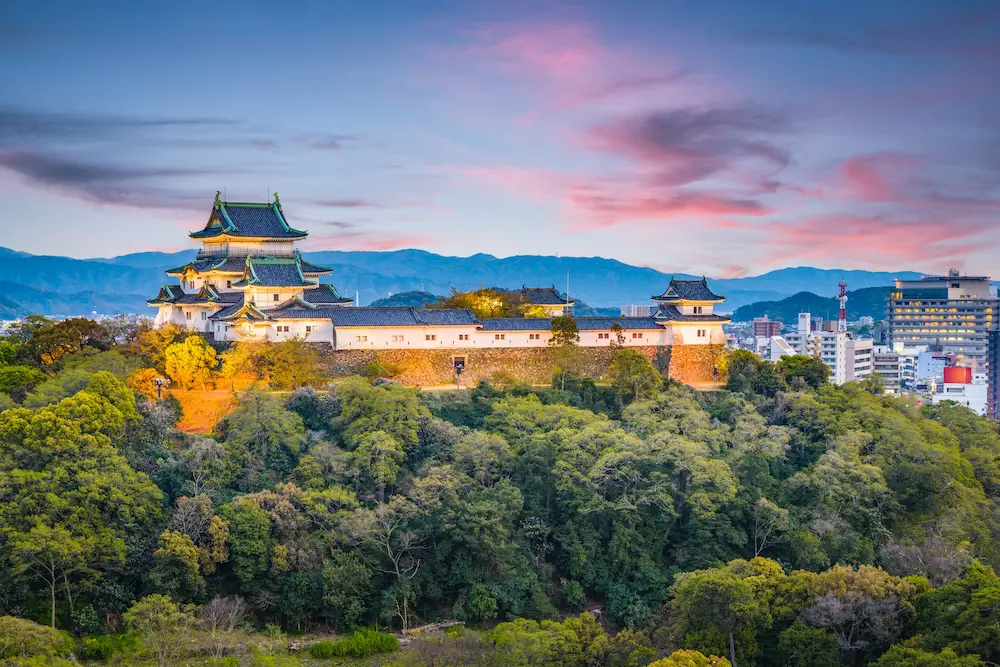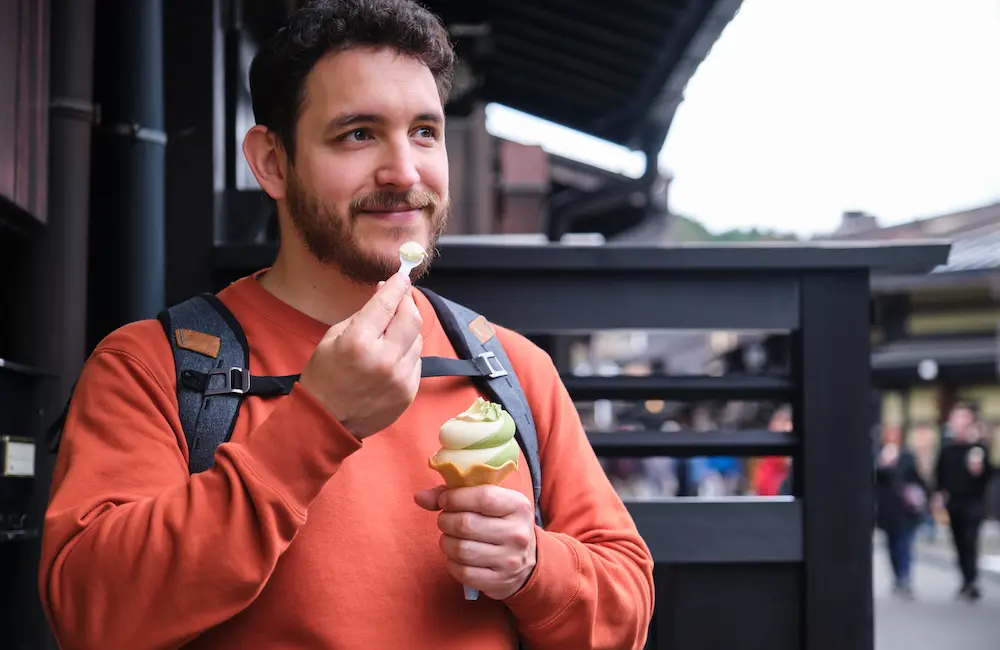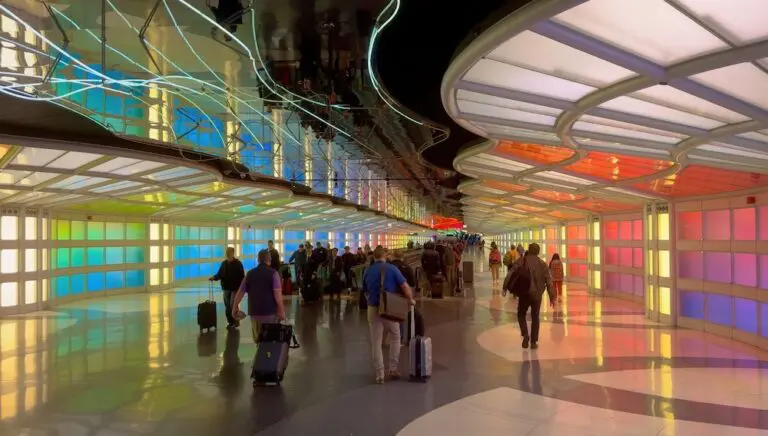Japan’s push to disperse more international tourism around the country appears to be working, at least with many Australians.
As Aussies (and many others) continue to flock to Japan’s most visited areas – including Tokyo, Kyoto and Osaka – regions outside of these hottest spots are starting to see significant surges in visitation.
Three regions in particular have witnessed massive growth from Australia.
Citing the latest data from the Japan Tourism Agency (JTA), the Japan National Tourism Organization (JNTO) revealed that between May 2024 and April 2025, Ishikawa (92.8%), Gifu (91.3%) and Wakayama (90%) prefectures saw nearly double the number of room nights stayed by Australians compared to the same period the year before.
Elsewhere, another dozen regions across Japan saw at least 50% growth in Aussie room nights, led by Iwate (71.4%), Aichi (60.1%) and Shizuoka (59%) prefectures.

Despite the massive increases for some prefectures, Japan’s most popular regions, however, are also still growing.
Tokyo, which saw Australians stay 2,626,550 nights, experienced a 30.3% rise in total overnights, with Osaka (986,780 nights) seeing a 55.8% rise and Kyoto (785,320 nights) a 32.7% increase.
Among Japan’s top snow destinations, Hokkaido (home to Niseko) and Nagano (home to Hakuba) saw 45% and 35.3% increases, respectively.
Other notable increases were the top 10 destinations Chiba (+54.1%), Kanagawa (+43.3%) and Hiroshima (+47.6%).
Of Japan’s 47 prefectures, only four saw decreases in room nights – Saga (22.6%), Nagasaki (13.5%), Ibaraki (-9.3%) and Yamagata (-1.1%).

Overall, Australian travellers stayed a total of 6,229,430 room nights for the year ending May 2025, a massive 39% increase.
It’s little wonder Japan’s tourism authorities are targeting the increasingly valuable Aussie market.
In May, JNTO Australia Executive Director Naoki Kitazawa urged Aussies to continue to broaden their horizons by heading outside of the most popular spots.
“While first-time visitors have historically headed to the Golden Route of Tokyo, Osaka and Kyoto, or the ski fields in Hokkaido and Nagano, Japan has so much more to offer, and we are delighted to welcome Australian travellers to embrace it all,” he remarked.

But Australians aren’t just visiting new regions; they’re also visiting at different times.
Last month, JNTO revealed that nearly 80,000 Australians had arrived in Japan in May 2025, an increase of nearly 20% over the same period the year before. And that was during a “low” season.
In its latest Travel Trends Report, the Australian Travel Industry Association (ATIA) revealed that Australian traveller numbers to Japan rose by 32.4% for the year ending May 2025.
Number of overnight stays by Australian visitors – source (JTA)
| MAY 24 – APR 25 | Change | |||
| Rank | +/- | Total | 6,229,430 | 39.0% |
| 1 | Tokyo | 2,626,550 | 30.3% | |
| 2 | Osaka | 986,780 | 55.8% | |
| 3 | Kyoto | 785,320 | 32.7% | |
| 4 | Hokkaido | 290,650 | 45.0% | |
| 5 | Chiba | 244,620 | 54.1% | |
| 6 | Nagano | 179,760 | 35.3% | |
| 7 | Kanagawa | 172,460 | 43.3% | |
| 8 | Hiroshima | 144,560 | 47.6% | |
| 9 | Ishikawa | 131,260 | 92.8% | |
| 10 | Aichi | 88,010 | 60.1% | |
| 11 | Fukuoka | 66,250 | 34.9% | |
| 12 | 1 | Gifu | 64,490 | 91.3% |
| 13 | -1 | Yamanashi | 53,880 | 37.9% |
| 14 | Shizuoka | 48,370 | 59.0% | |
| 15 | Hyogo | 41,720 | 52.7% | |
| 16 | Niigata | 38,770 | 55.1% | |
| 17 | Okinawa | 34,990 | 43.2% | |
| 18 | 3 | Iwate | 18,890 | 71.4% |
| 19 | -1 | Okayama | 18,300 | 3.6% |
| 20 | Oita | 17,460 | 50.3% | |
| 21 | 5 | Wakayama | 15,660 | 90.0% |
| 22 | Aomori | 14,270 | 33.9% | |
| 23 | -4 | Miyagi | 14,120 | 19.1% |
| 24 | -1 | Kumamoto | 13,590 | 37.8% |
| 25 | -1 | Nara | 12,710 | 35.5% |
| 26 | 2 | Kagawa | 10,800 | 37.6% |
| 27 | 3 | Tochigi | 9,790 | 52.7% |
| 28 | -3 | Gunma | 9,770 | 11.8% |
| 29 | Kagoshima | 8,490 | 31.8% | |
| 30 | 2 | Fukushima | 7,480 | 45.8% |
| 31 | -4 | Nagasaki | 7,070 | -13.5% |
| 32 | 4 | Saitama | 6,230 | 50.5% |
| 33 | 1 | Shiga | 5,770 | 33.6% |
| 34 | -3 | Yamagata | 5,530 | -1.1% |
| 35 | Ehime | 5,230 | 24.5% | |
| 36 | 1 | Tokushima | 4,940 | 52.9% |
| 37 | -4 | Toyama | 4,530 | 4.4% |
| 38 | Mie | 3,530 | 14.6% | |
| 39 | 1 | Kochi | 3,020 | 29.1% |
| 40 | 1 | Akita | 2,670 | 24.2% |
| 41 | -2 | Ibaraki | 2,630 | -9.3% |
| 42 | 2 | Shimane | 1,620 | 47.3% |
| 43 | -1 | Saga | 1,610 | -22.6% |
| 44 | 2 | Yamaguchi | 1,580 | 50.5% |
| 45 | -2 | Miyazaki | 1,480 | 2.8% |
| 46 | -1 | Fukui | 1,350 | 23.9% |
| 47 | Tottori | 880 | 46.7% |







